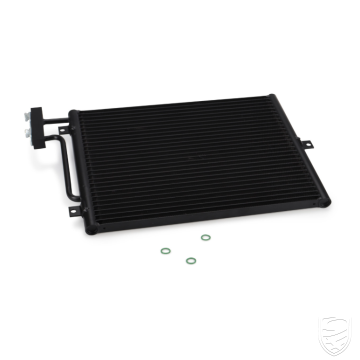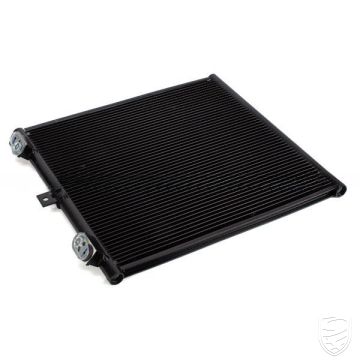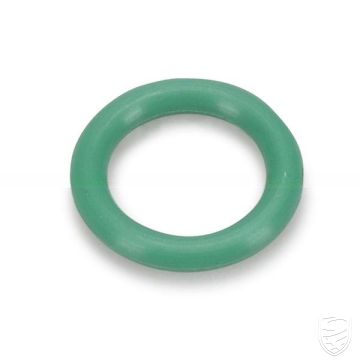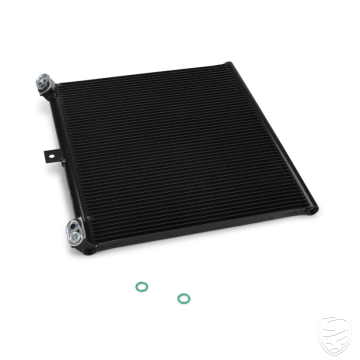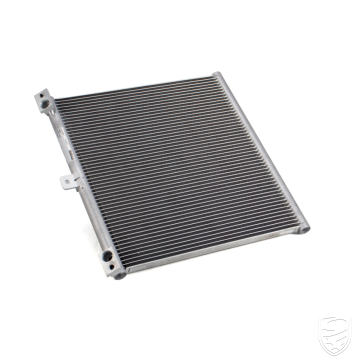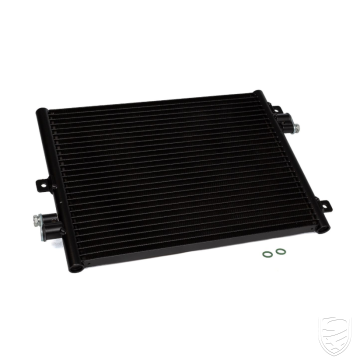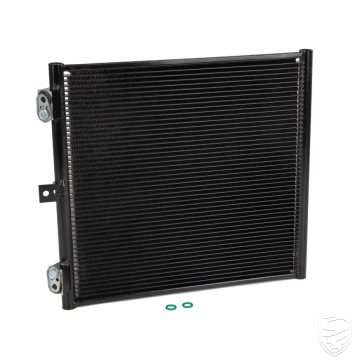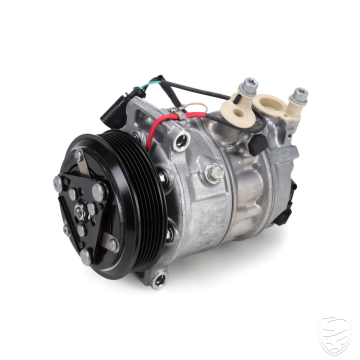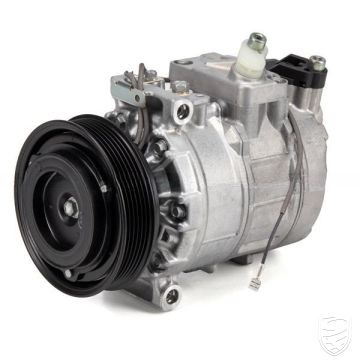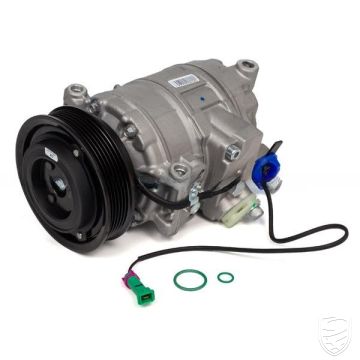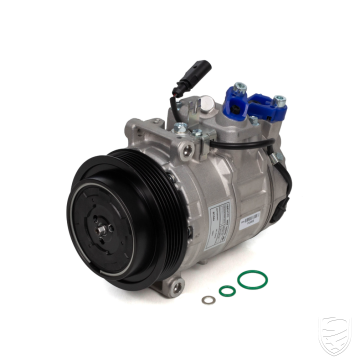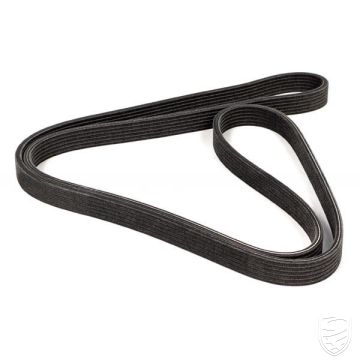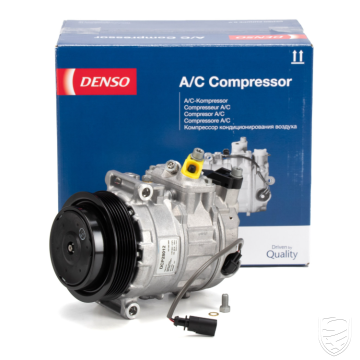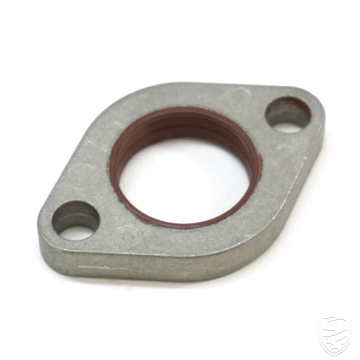Boxster
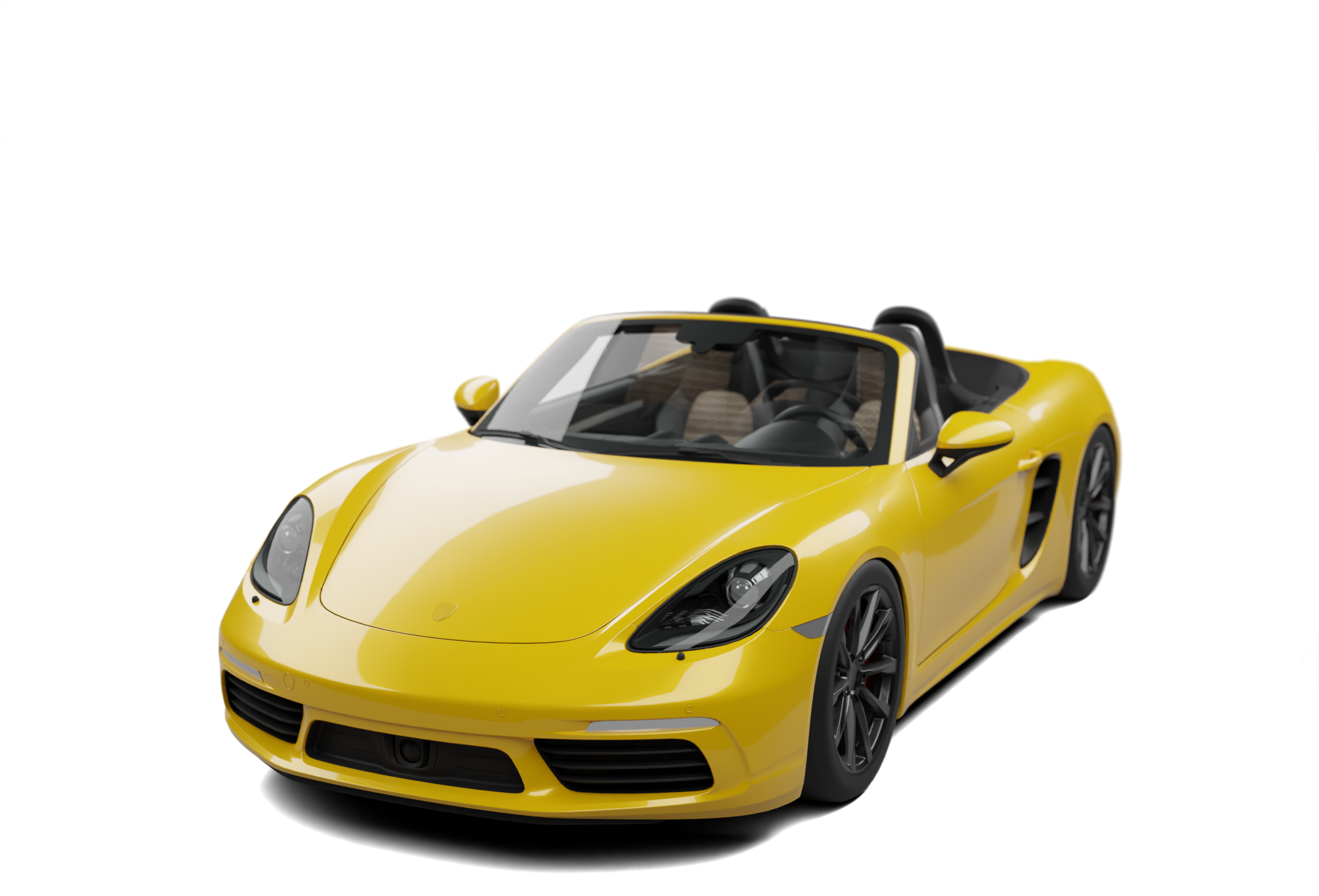
Technical data
Porsche 986 Boxster
The Porsche 986, internally referred to as the first-generation Boxster, stands as a mid-engine two-seater roadster crafted by Porsche. Unveiled in late 1996, the Boxster, inspired by the 1993 Boxster Concept, marked Porsche's return to designing an original roadster since the iconic 550 Spyder. The name "Boxster" merges "boxer," symbolizing its flat or "boxer" engine, with "speedster," a tribute to its lineage dating back to the 356. Sporting the M96, a water-cooled, horizontally opposed ("flat") six-cylinder engine, the 986 Boxster marked Porsche's transition to a water-cooled non-front engine. Positioned mid-engine in the Boxster, it differed from the traditional rear-engine layout in the 911. Initially equipped with a 2.5-liter flat six-cylinder engine, it later received an upgrade to a 2.7-liter engine in 2000, alongside the introduction of the Boxster S variant featuring a robust 3.2-liter engine. This mid-engine layout ensures a low center of gravity, impeccable weight distribution, and balanced handling. In 2002, the model underwent a minor facelift, with the plastic rear window replaced by a smaller glass window equipped with a heating element. Interior enhancements included the addition of a glove compartment, a new electro-mechanical release mechanism for the hood and trunk (with an electronic emergency release in the fuse box panel), and an updated steering wheel. Porsche also revamped the exhaust pipe and air intake system for improved performance. Additionally, they replaced the front headlight's amber indicators with clear ones and updated the rear light cluster, opting for translucent grey turn signals instead of amber. The side marker lights on the front wings were also switched from amber to clear, except for American market cars, which retained the amber markers. Moreover, subtle changes were made to the bumpers to achieve a more defined, chiseled look, complemented by the introduction of new wheel designs. The 986 Boxster ignited a revival in Porsche's commercial success, effectively countering the challenges posed by an aging product lineup and diminishing sales during the early 1990s. It is widely acknowledged for playing a pivotal role in rescuing the company. From its launch in 1996 until the arrival of the Cayenne sport utility vehicle in 2003, the Boxster held the title of being Porsche's best-selling model.
Porsche 987 Boxster
The Porsche 987 is the internal designation for the second generation of the Porsche Boxster sports car, introduced in 2005. A key styling update was the redesigned headlights, which now resembled those of the Carrera GT. The side intake vents were enlarged and featured more pronounced horizontal slats, finished in metallic silver regardless of the car's exterior color. Additionally, the wheel arches were expanded to accommodate wheels up to 19 inches in diameter, a first for the Boxster series. The base model was equipped with a 2.7-liter flat-6 engine producing 176 kW (236 hp), while the Boxster S was powered by a 3.2-liter flat-6 engine delivering 206 kW (276 hp). Porsche unveiled the revised 987.2 Boxster and Boxster S models in November 2008. These models featured entirely new engines (MA1.20/MA1.21), providing greater power due to increased engine displacement for the Boxster and the incorporation of Direct Fuel Injection (DFI) for the Boxster S. Both models were available with Porsche's new 7-speed Porsche Doppelkupplungsgetriebe (PDK) dual-clutch gearbox, while a new 6-speed manual gearbox was standard. The standard Boxster's flat-six engine displacement increased from 2.7 to 2.9 liters, boosting power from 245 hp (183 kW) to 255 hp (190 kW). The Boxster S, with DFI, saw its 3.4-liter engine output rise from 295 hp (220 kW) to 310 hp (231 kW). Cosmetic updates for the 2009 Boxster and Boxster S included new head and tail lights, larger front air intakes with integrated daytime running lights, and a modified lower rear end flanked by twin diffusers.
Porsche 981 Boxster
The Porsche 981 is the internal designation for the third-generation Boxster and second-generation Cayman models. Incorporating the new design language from the 911 (991) and 918, the 981 series features updated engine and transmission specifications. The chassis has been significantly revised, offering 40 percent more torsional rigidity, a front track that is 40 mm (1.6 in) wider, a rear track that is 18 mm (0.7 in) wider, and an extended wheelbase by 60 mm (2.4 in). Additionally, there is a weight reduction of up to 35 kg (77 lb) compared to the previous 987 models. The 981 is the first Boxster/Cayman to feature electronically assisted steering and an electronic parking brake. The 981 Boxster was introduced in March 2012, with sales commencing in early summer of the same year. The standard Boxster features a new 2.7-liter flat-6 engine, while the Boxster S retains the existing 3.4-liter engine with enhanced performance. The 2.7-liter engine delivers 194 kW (260 hp), whereas the 3.4-liter engine produces 231 kW (310 hp). Both engines come paired with a 6-speed manual gearbox as standard, with an optional 7-speed revised PDK available. Both manual and automatic variants offer various technical options including Porsche Torque Vectoring (PTV) and a Sport Chrono Package featuring active transmission mounts, enhancing performance for PDK-equipped models.
Porsche Boxster spare parts
Discover an extensive range of Porsche Boxster spare parts at 9xxteile.com. Explore our diverse selection across all parts categories: engine components, suspension & steering, electrical equipment, body parts, air intake-, exhaust- & fuelsystem, transmision & drivetrain, wheels & brakes, and more. We offer a comprehensive selection of original equipment quality Porsche Boxster spare parts. Experience seamless shopping and fast delivery for all your Porsche Boxster maintenance and restoration needs at 9xxteile.com.

